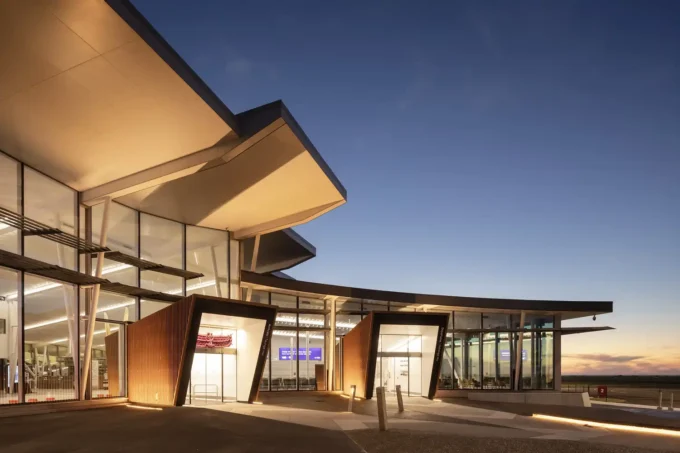- Airport landscape and urban integration
- Airport terminal design
- Architectural ornamentation
- Ayodhya airport design
- Carbon-neutral airport
- Civic landmark design
- Cultural storytelling in architecture
- eco-conscious construction
- Glass Fiber Reinforced Concrete (GRC)
- Indian cultural architecture
- Indian mythological design
- Maharishi Valmiki International Airport
- Modern Indian architecture
- Nagara style architecture
- Passenger experience design
- Pilgrimage and tourism infrastructure
- Ramayana-inspired architecture
- Spiritual architecture in India
- STHAPATI architecture
- Sustainable airport architecture
- Home
- Articles
- Visualization
- Architectural Portfolio
- Artificial Intelligence
- Home Renovation
- Architectural Concept
- Sustainability
- Interior Design
- Architectural Concept
- Architectural Resume
- Schooling
- Sketching
- Technology
- Architecture & Design
- Artificial Intelligence
- 3D Visualization
- Interior Design
- Sustainability
- Architectural Presentation
- Architectural Diagrams
- BIM Industry
- Projects
- Events
- Submit
- Store
- ToolsNew
- More
- Home
- Articles
- Visualization
- Architectural Portfolio
- Artificial Intelligence
- Home Renovation
- Architectural Concept
- Sustainability
- Interior Design
- Architectural Concept
- Architectural Resume
- Schooling
- Sketching
- Technology
- Architecture & Design
- Artificial Intelligence
- 3D Visualization
- Interior Design
- Sustainability
- Architectural Presentation
- Architectural Diagrams
- BIM Industry
- Projects
- Events
- Submit
- Store
- ToolsNew
- More
Maharishi Valmiki International Airport by STHAPATI
Maharishi Valmiki International Airport in Ayodhya blends Nagara-inspired architecture, cultural storytelling, and sustainable design, creating a monumental, immersive gateway that honors heritage while providing modern, efficient, and eco-conscious aviation facilities.
I create and manage digital content for architecture-focused platforms, specializing in blog writing, short-form video editing, visual content production, and social media coordination. With a strong background in project and team management, I bring structure and creativity to every stage of content production. My skills in marketing, visual design, and strategic planning enable me to deliver impactful, brand-aligned results.
Do you have architectural products?
Follow these steps and fill out application for creator on our marketplace. Become CreatorExplore more
The Ilan and Asaf Ramon International Airport by Amir Mann-Ami Shinar Architects & Moshe Zur Architects
Ilan and Asaf Ramon International Airport in Israel blends desert-inspired design, ecological...
Te Hono – New Plymouth Airport Terminal by Beca Design Practice
Te Hono, the new terminal at New Plymouth Airport by Beca Design...
Aspire Westjet Lounge by MRDK
MRDK’s Aspire WestJet Lounge at Calgary Airport transforms travel waiting with a...
Western Sydney Airport by Zaha Hadid Architects & Cox Architecture & Woods Bagot
Western Sydney International Airport Terminal redefines Australian aviation with a design rooted...


















































Leave a comment